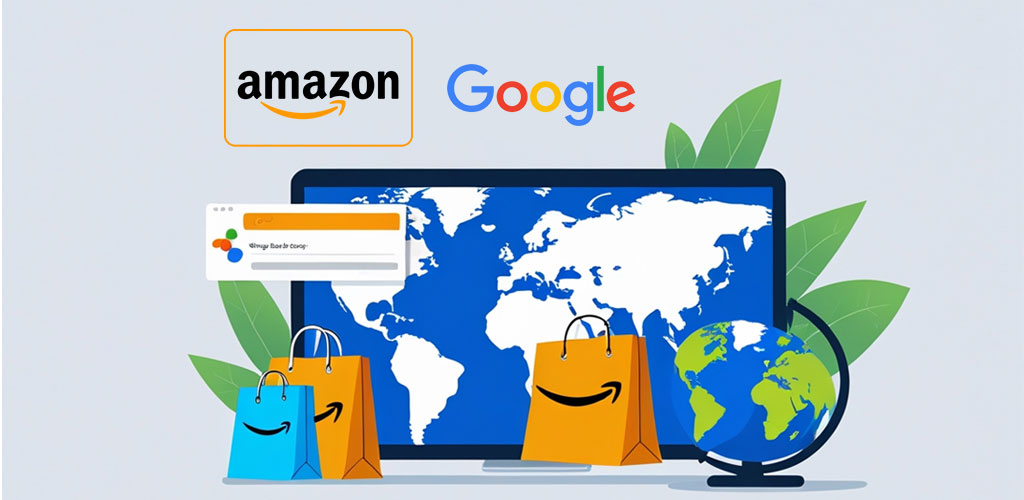Google Ads has changed the way businesses reach customers online, and one of its most powerful innovations is the Performance Max campaign. Unlike traditional campaigns that focus on one channel at a time, Performance Max runs across all Google platforms such as Search, Display, YouTube, Discover, Gmail, and Maps. It uses machine learning to place your ads where they have the highest chance of driving results. While this automation saves time, advertisers still need to understand how their ads are performing across different channels. That’s where channel reporting comes in.
Performance Max channel reporting gives you a clear view of how each channel contributes to your campaign results. It helps you measure effectiveness, identify strengths, and refine your marketing strategy. For businesses and marketers, this reporting is not just about numbers—it is about making smarter decisions backed by real insights.
Understanding Performance Max Campaigns
The goal of Performance Max campaigns is to maximize outcomes while streamlining advertising. You set up a single campaign and give Google your objectives, creative assets, and budget rather than making separate ads for Search, Display, and YouTube. After that, the technology automatically distributes your adverts among all Google platforms.
The main benefit is that Google’s machine learning handles the labor-intensive tasks. It uses factors like user behavior, purpose, and demographics to decide where and when to display your adverts. Nonetheless, a lot of advertisers are concerned about automation’s lack of transparency. They want to know which channels are doing the best and where their commercials are running. Channel reporting is crucial for just this reason.
What Channel Reporting Means in Performance Max
The function that deconstructs campaign performance by Google property is called channel reporting. Instead of looking at one combined result for the entire campaign, you can see how Search, YouTube, Display, Discover, and other channels are contributing individually.
For example, you might find that your ads on Search bring in the highest conversions, while YouTube generates strong awareness but fewer direct sales. Or you may discover that Display is driving clicks at a low cost but needs better targeting to improve conversions. Having this level of visibility allows you to refine your creative and budget strategy.
How to Access Channel Reporting
To view channel reporting, you go to your Performance Max campaign in the Google Ads dashboard and look under the “Reports” section. From there, you can customize the report to show performance by channel. The report typically shows impressions, clicks, conversions, cost, and conversion value separated by each property.
This breakdown helps you connect the dots between what you are spending and what you are earning. If Search delivers high-value conversions, you may choose to provide more assets tailored to search intent. If YouTube drives awareness, you can create video content that builds brand visibility while supporting conversions through other channels.
Why Channel Reporting Matters
Many advertisers initially hesitate to use Performance Max because of its automated nature. The fear of losing control is common. Channel reporting bridges that gap by showing where your money goes and what outcomes each channel provides.
Transparency leads to better decisions. If you know Display placements are costing more without results, you can adjust your strategy. If YouTube ads are performing well, you can invest in stronger video creatives. Without this reporting, you are left with guesswork, but with it, you have clarity and confidence.
Making Sense of the Data
Once you open channel reporting, the next step is learning how to interpret it. Numbers alone don’t tell the whole story—you need to align them with your business goals. For example, a retailer looking for direct sales might focus on conversions and cost per conversion. A brand trying to build awareness might focus more on impressions and reach.
Each channel plays a different role in the customer journey. Search often captures high-intent users who are ready to buy. YouTube engages people visually and emotionally, making it perfect for brand storytelling. Display keeps your brand visible while customers browse other sites. Discover places your ads in content people explore daily. By understanding these roles, you can see how each channel supports your overall strategy.
Improving Campaigns with Channel Insights
The real power of channel reporting lies in what you do with the insights. If Search is bringing in most of your conversions, consider building more keyword-rich ad copy and improving your landing pages to match search intent. If YouTube is driving engagement but fewer purchases, you might use remarketing strategies to re-engage those viewers on Search or Display.
Channel reporting also helps identify weak spots. If a channel is underperforming, you can test new creatives, adjust your targeting, or shift budgets. It encourages experimentation, but with data as your guide. This balance between automation and insight makes Performance Max more effective than traditional campaign setups.
Common Challenges with Channel Reporting
While channel reporting provides valuable data, there are challenges you may face. One issue is that attribution can be complex. A user might watch your YouTube ad, later click a Search ad, and finally convert on Display. In such cases, it’s not easy to credit one channel alone. That is why you should look at overall patterns instead of isolating single numbers.
Another challenge is data lag. Sometimes reports don’t update instantly, so it’s important to analyze over weeks rather than days. Patience ensures you see real trends instead of reacting to short-term fluctuations.
Best Practices for Using Channel Reporting
To get the most out of channel reporting, set clear goals before launching your campaign. If your focus is conversions, track cost per acquisition across channels. If your goal is awareness, look at impressions and video views. Always match your reporting metrics with your objectives.
Another best practice is to test regularly. Machine learning, the foundation of Performance Max, becomes better with data collection. By running experiments with different creatives or audiences, you provide the system with better signals, and channel reporting shows you which experiments are working.
The Future of Performance Max Reporting
Google is continuously improving transparency in Performance Max campaigns. Channel reporting is a step toward giving advertisers more control while keeping the benefits of automation. As reporting becomes more detailed, businesses will have an even clearer view of how ads influence the customer journey across multiple platforms.
In the future, we can expect deeper integrations with analytics tools and even more granular insights, making it easier to connect ad performance directly with revenue growth.
Conclusion
Performance Max campaigns bring together the best of Google’s advertising channels under one umbrella. While automation handles placements and bidding, channel reporting gives advertisers the transparency they need to make informed decisions. By understanding how each channel contributes to your results, you can refine your creative assets, adjust your strategy, and maximize return on investment.
Learning to use channel reporting effectively ensures that you are not just spending money on ads, but investing it wisely. For any business looking to grow through digital marketing, mastering Performance Max reporting is no longer optional—it is essential.










